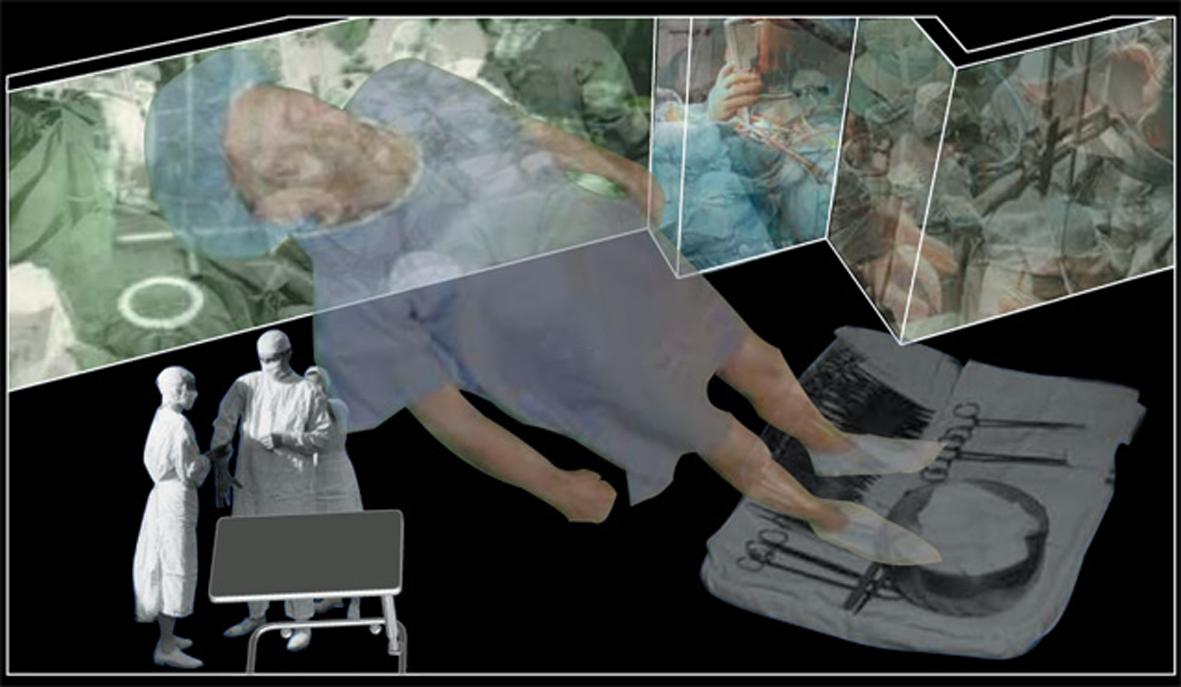
Life Support
web based project - media art
ESL
Hall for dreamers or impersonal machine? Hospital architecture is an amalgam of elements derived from religion, the military and the factory. Life Support explores this symbolic coding of space and its underlying mythologies. Four spatial hybrids mixing 2D and 3D representation act as narrative containers for issues of hierarchy, mechanization, privacy and identity.
Life Support explores the subjective experience of space. It looks at the way in which medical environments affect behavior, perception and perhaps healing. The symbolism of space is deeply ingrained, perhaps physiological. Subtle aspects of environment influence behavior, mood and perception. We read the underlying messages of rooms dedicated to waiting, to sleep, to punishment or to death through their design, ambience and contents.
'Hospital' comes from the Latin hospes, the same root as hospitality and hotel, meaning guest or host. A contemporary hospital might contain vestiges of the cruciform design of the Renaissance hospital, the panopticon of the prison, and the compartmentalization of industrial factory. Life Support draws upon depictions of medical spaces in advertising, popular culture and film and their reintegration into this vocabulary of space.
Life Support creates a series of 'rooms' based on archetypal hospital spaces: a corridor, waiting room, patient room and treatment room. Each of these locations is associated thematically with a particular psychological state/adaptation response, and explored in moving images paired with short fictions and architectural commentary.
These spaces are hybrids of 2D and 3D elements in which the 3D spatial construct -a wireframe of a room -functions as a scrim for the projection of multiple images and as a container for the layering of audio elements. Movement through space and narrative movement are linked, as in a walking meditation.